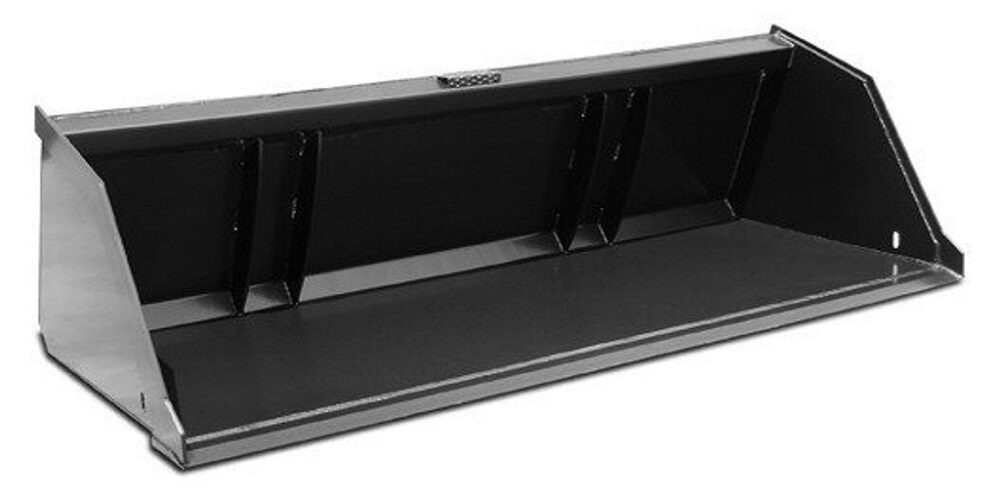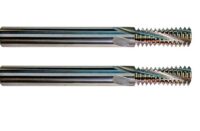A Primer on Skid Steer Loader Bucket AttachmentsA Primer on Skid Steer Loader Bucket Attachments
While there are countless attachments available for skid steer loaders, a bucket attachment is a pretty versatile option.
Depending on the type of skid steer loader bucket with which you equip your skid steer, you can:
● Lift, load, and handle materials
● Move logs and boulders
● Grade and level
● Perform light demolition work
● Excavate
● Transport and spread material
● And much more
However, that being the case, there are still a large number of different types of bucket attachments available, each of which is best suited to a specific set of tasks.
Types of Skid Steer Loader Bucket Attachments
Ensuring you can tackle the task at hand requires being prepared with the right equipment and attachments. These are some of the more common styles of skid steer bucket attachments.
● Low-profile buckets
Low-profile buckets are general-purpose bucket attachments. These are most useful for excavation, grading, handling, and transporting materials.
These types of bucket attachments have the advantage of a low profile which allows the skid steer operator to see the edge of the bucket, which is useful in grading and filling applications.
● Long-bottom buckets
Long-bottom buckets, many of which feature a low-profile design, simply have a longer, wider bottom that enables easier grading and a better degree of rollback angle.
● Track-duty buckets
Track duty buckets are made with heavier-duty materials to withstand the forces of being used in conjunction with track loaders.
These buckets are reinforced and typically have a higher yield strength, making them better for excavation, loading, and transporting.
They also typically feature reinforced sides which make them superior for excavation.
● Snow and litter buckets
Snow and litter buckets typically have a deep design, with a wide bottom, deep back, and high sides, which makes them useful for loading and transporting large volumes of material – like snow.
While they have a larger overall capacity, they’re typically not as strong as other styles of buckets and are not as suitable for excavation.
● Specialty buckets (like rock buckets)
There are also a number of specialty buckets in the industry, such as rock buckets with slotted bottoms that make it easy to transport boulders and uneven material while allowing loose debris to fall through.
With or Without Tooth Bars
Most skid steer loader bucket attachments, such as those available online at Spartan Equipment are mostly available in two configurations: with a smooth bottom (ideal for grading) or with a tooth bar (which improves their ability to effectively excavate). They are also configurable with weld-on shanks that accept replaceable pin-on teeth.
The right edge can vastly improve a bucket attachment’s ability to perform the job for which it was intended.
Quality in Skid Steer Loader Buckets: Choose Attachments That Will Never Surrender
Configurability is not the only reason to choose skid steer loader bucket attachments produced by Spartan Equipment.
There’s a reason their motto is Never Surrender.
● Made in America with American Steel
All of Spartan Equipment’s attachments – buckets included – are made in the U.S. with American steel.
● Versatility
Configurable with or without teeth, and available in a wide range of designs and sizes, Spartan Equipment’s skid loader buckets can be used for an impressively wide range of agricultural, industrial, and construction applications.
● Wear Bears
Spartan Equipment’s bucket attachments are made with wear bars along the bottom of the bucket which improve strength and extend the life of the attachment by helping to prevent it from prematurely wearing through.
● Powder-Coated Durability
Spartan Equipment’s attachments are also powder coated for additional durability and longevity, as a hedge against wear and corrosion.
To learn more about their skid steer bucket attachments, visit Spartan Equipment at SpartanEquipment.com












